 |
 |
Toshiyuki Nanjo: shelterbelt - straight / sporadic |
|
Venue: HRD Fine Art Date: December 19, 2020 - January 30, 2021 Hours: Thu 11:00am - 3:00pm / Fri & Sat 11:00am - 7:00pm Closed: Sun, Mon, Tue, Wed (Open by appointment only) / Dec 31, 2020 - Jan 2, 2021 |
Introduction HRD Fine Art is pleased to announce a solo exhibition of photographer Toshiyuki Nanjo, titled "shelterbelt - straight / sporadic" as its last exhibition in 2020 and the first in 2021. About 20 works of photograph will be displayed at this exhibition, showcasing the scenes of seaside forest planted throughout Japan, including those taken in the areas affected by the Great East Japan Earthquake and Tsunami in 2011. Born in Tokyo in 1972, Nanjo has been avidly working on landscape and nature photographs, producing refined and quietly rigorous works that, at the same time, leave poetic reverberations. In addition to his quintessential "suns" series that captures the traces of sunlight reflected on moving water surface, in recent years Nanjo is working on a new series that focuses on seaside forest, or shelterbelt. Shelterbelts are the transformed nature; they are artificial forests planted and maintained by humans. Shelterbelts started to appear in Japan's coastline regions around 17th century. Trees that can thrive in sterile seaside soil, such as pine, were selected for the purpose of creating barriers between man's living spaces and the beachside area, blocking wind, sand, and salt blowing in from the sea. Nowadays they have somewhat different functions; some of these forests are even protected as part of natural environment preservation. Some recent arguments claim that the traditional Japanese views on nature are based on symbiotic coexistence and totally differ from those in the Western culture. However, Nanjo challenges such a one-sided perspective by alluding to the complexity hidden behind the shelterbelts. What is nature? What is artificial? What makes them beautiful? Toshiyuki Nanjo's photographic works shake and rattle our observation toward nature, transforming and enriching it. * * * * * A photo book will be published that focuses on "shelterbelt" series as part of the exhibition project. More information will be announced soon. * * * * * Artist's Statement Often referred to as "white sand, green pines," shelterbelts are viewed as one of the sceneries that symbolize harmony and coexistence between Japanese people and nature. However, the shelterbelts are not really historical; most of them started to appear around as recent as 17th century. Many of those forests have disappeared due to events including the Meiji Restoration, the Great Depression, and the World War II. In the post-war era, people started planting the seaside forests again, but these new shelterbelts are thicker and denser than before, some of which completely block the sight. Pine forest restoration projects are in progress in the areas affected by the tsunami that ensued the Great East Japan Earthquake, which however seem to result in highly organized, uniform structures. Looking at the pine trees distorted and slanted by relentless sand and wind, another side of "Japanese views on nature" comes to light. And I feel the need to make subtle, detailed observations toward the relations between Japanese people and nature. - Toshiyuki Nanjo |
Artworks |
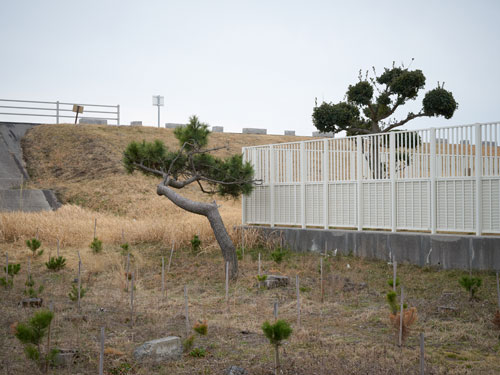 "shelterbelt motoyoshiwara 2017" | inkjet print | 22.5x30cm | 2017 |
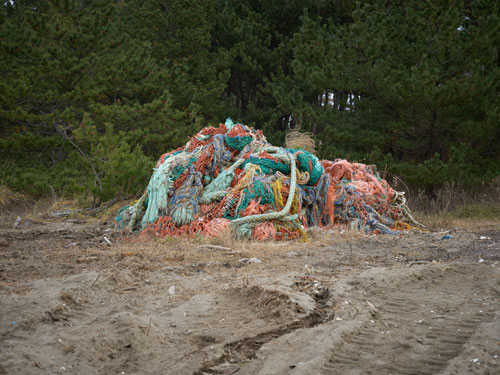 "shelterbelt kisakata 2019" | inkjet print | 32.2x43cm | 2019 |
Exhibition View |
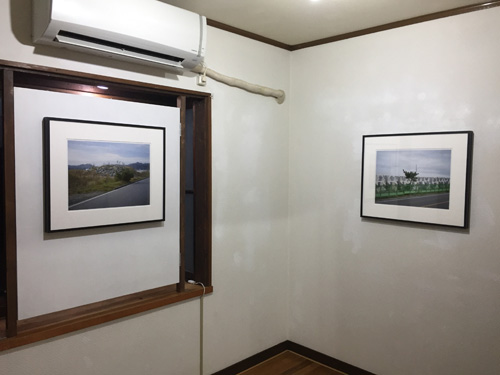 |
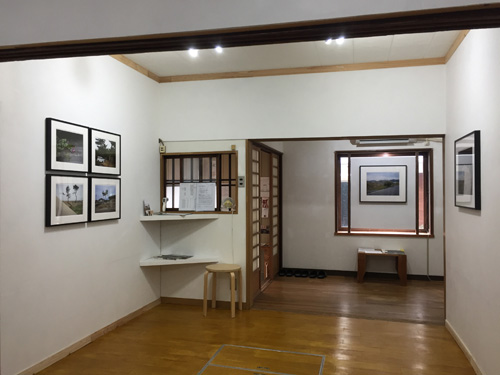 |
 |
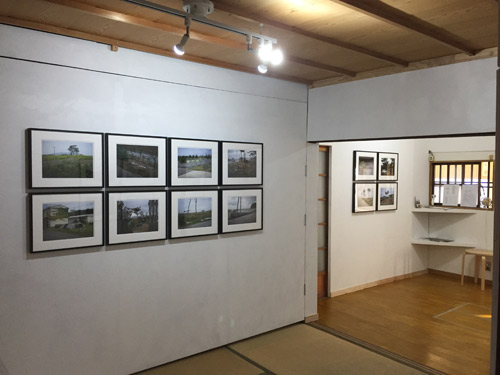 |
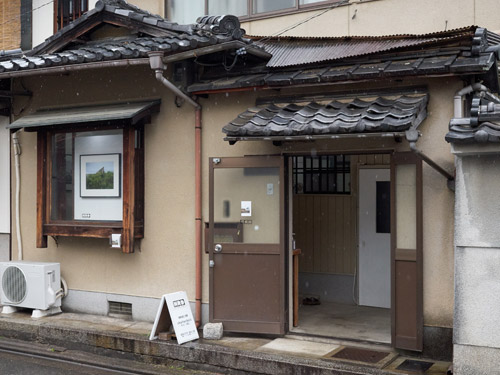 |
Copyright (C) 2009-2021 HRD Fine Art. All Rights Reserved. No reproduction or republication without written permission. |